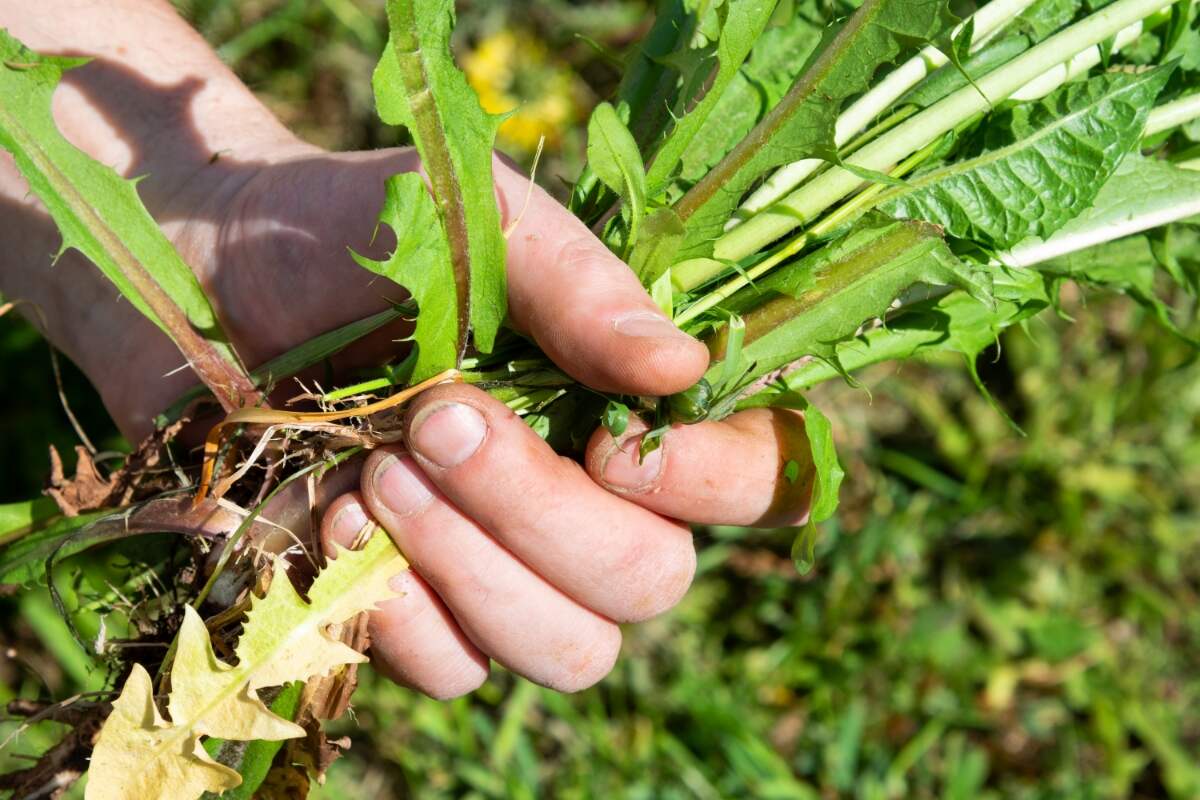Grasses (Gramineae) Community
The Versatile Uses of Stubborn Grass in Medicine and Agriculture
- This topic is empty.
- AuthorPosts
- March 11, 2025 at 6:03 pm #590511
 Agric4ProfitsKeymaster
Agric4ProfitsKeymaster
Stubborn grass, also known as Cynodon dactylon or Bermuda grass, is commonly found in tropical and subtropical regions. Though it is often considered an invasive weed in many areas due to its rapid growth, stubborn grass has been used for various medicinal and practical purposes for centuries.
This versatile grass offers a wide range of benefits in traditional medicine and is also valued for its uses in agriculture and landscaping.
In this article, we will explore the different uses of stubborn grass, highlighting its medicinal, agricultural, and practical applications.
1. Medicinal Uses for Digestive Health
Stubborn grass has been used in traditional medicine to treat digestive issues. The plant is believed to possess soothing and healing properties for the gastrointestinal tract.
It is commonly used as a remedy for conditions like indigestion, bloating, and stomach ulcers. The leaves and roots of stubborn grass are often used in herbal teas or decoctions to promote digestion and relieve discomfort caused by gastric problems.
The grass is thought to aid in the production of digestive enzymes, thus improving the absorption of nutrients. In some cultures, stubborn grass is also used to treat diarrhea and dysentery due to its natural astringent properties.
2. Diuretic and Kidney Health
Another important use of stubborn grass is its diuretic properties. The grass has been traditionally used to promote urine production, which can be beneficial for kidney health. A decoction made from the roots and stems of stubborn grass is often consumed to help flush out toxins from the body.
By increasing urination, it may assist in the prevention and treatment of urinary tract infections (UTIs) and kidney stones.
Its natural diuretic action also helps reduce swelling and water retention, making it useful in managing conditions like edema and hypertension. Some herbal practitioners recommend stubborn grass as a natural remedy to support the kidneys and improve overall fluid balance in the body.
3. Wound Healing and Skin Care
Stubborn grass has been used in traditional medicine for its wound-healing properties. The plant is believed to possess antiseptic and anti-inflammatory qualities that can promote faster recovery from cuts, burns, and minor wounds.
The juice extracted from the leaves is sometimes applied directly to the affected area to prevent infection and reduce swelling.
Additionally, the plant is used in treating skin conditions like eczema and rashes, as its soothing properties can help alleviate itching and irritation. The grass’s ability to promote tissue regeneration and reduce inflammation makes it a valuable remedy for various skin ailments.
4. Anti-inflammatory and Pain Relief
The anti-inflammatory properties of stubborn grass make it useful for managing pain and inflammation. It has been traditionally used to alleviate conditions such as arthritis and joint pain.
The grass is often consumed in the form of a tea or poultice to relieve swelling and discomfort associated with these conditions. It is believed that the active compounds in stubborn grass help to inhibit the production of inflammatory mediators, providing natural relief from pain.
Additionally, the grass is used to treat headaches and muscle pain, with some practitioners recommending it as an alternative to pharmaceutical painkillers.
5. Soil Erosion Control and Landscaping
In addition to its medicinal properties, stubborn grass has a range of practical applications, particularly in agriculture and landscaping.
One of its most significant benefits is its ability to control soil erosion. Stubborn grass is a hardy and fast-growing plant that forms a dense mat, which helps prevent the erosion of soil on slopes and in areas prone to heavy rainfall.
It is commonly planted along riverbanks, roadsides, and construction sites to stabilize the soil and reduce erosion.
In landscaping, stubborn grass is also used as a ground cover due to its durability and resistance to drought and heavy foot traffic.
Its ability to thrive in a variety of environmental conditions makes it a popular choice for creating low-maintenance lawns and turf.
In conclusion, stubborn grass is a versatile plant with numerous uses that extend far beyond its role as a common weed.
From its medicinal properties in promoting digestive health, kidney function, and wound healing, to its practical applications in soil erosion control and landscaping, stubborn grass proves to be a valuable resource.
While it can be invasive in some areas, its wide array of benefits makes it an important plant in both traditional medicine and modern agriculture.
As with any natural remedy, it’s essential to approach its use with care and seek guidance from healthcare professionals when incorporating it into any treatment regimen.
- AuthorPosts
- You must be logged in to reply to this topic.

